Methylamphetamine consumption in regional Queensland
Over the past 10 years methylamphetamine (meth) consumption in regional Queensland has had 2 stages: the pre-COVID-19 period and the post-COVID-19 period. Prior to COVID-19 impacting Australia from early 2020, there was a generally increasing trend in meth consumption in regional Queensland, although the increase was not constant. By early 2020 meth consumption in regional Queensland was much higher than Australia’s national regional average, but after April 2020 there was a significant decrease in meth consumption during the period of COVID-19 restrictions.
Since December 2021 there has been a steady increase in meth consumption in regional Queensland. Consumption levels have almost doubled. While they are not yet back to the levels recorded just prior to COVID-19, they are again above the national regional average.
Cocaine consumption in regional Queensland
Cocaine consumption in regional Queensland increased until December 2020, after which it decreased significantly during the period of COVID-19 restrictions. Cocaine consumption then increased again once the restrictions ceased. Cocaine consumption has increased approximately 8-fold in regional Queensland since August 2022, albeit from a very low base in that month.
It is worth noting that cocaine consumption in Queensland is far less than meth consumption. For example, in April 2024 average cocaine consumption in regional Queensland was approximately 7 to 8 doses per day per 1,000 people, compared to 55 to 60 doses per day per 1,000 people for meth. Cocaine is not replacing meth in regional Queensland, the 2 markets co-exist and consumption of both drugs has increased since COVID-19. This is also the case nationally.
Other drug consumption in regional Queensland.
Apart from meth and cocaine, consumption of cannabis in regional Queensland has remained relatively constant, MDMA consumption has increased and heroin consumption remains at a relatively low level. Per capita meth consumption in regional areas of Queensland is higher than per capita consumption in Brisbane because meth has a broader user demographic, both in terms of income and other socio-economic demographics. The weight of meth consumed in Brisbane will always be greater than the weight of meth consumed in regional Queensland because of the higher population in Brisbane.
Cocaine and heroin have traditionally had higher per capita use levels in capital cities than regional areas. We expect meth use to increase in regional areas of Queensland. This is problematic because law enforcement and treatment resources are more thinly spread in regional areas.
Targeted approaches to illicit drug supply and demand
In terms of responses, the Australian Criminal Intelligence Commission is an active contributor to the National Drug Strategy which has the 3 pillars of demand, supply and harm reduction. We constantly advocate the importance of treatment and education to reduce demand for illicit drugs. Meth will always be a more resilient market than cocaine because tangible quantities of meth are domestically manufactured and sources of imported product are increasingly diverse. Cocaine is solely imported. Accordingly, supply responses for meth focus on both targeting imports and domestic manufacture, whereas for cocaine (given it is not domestically manufactured) we focus on contributing to the targeting of imports. The focus in the case of cocaine is source and transhipment countries.
The ACIC contributes wastewater and other data to partners so they can focus resources on drugs which pose the highest threat to the community and areas where drug consumption is highest.
Australian Criminal Intelligence Commission
